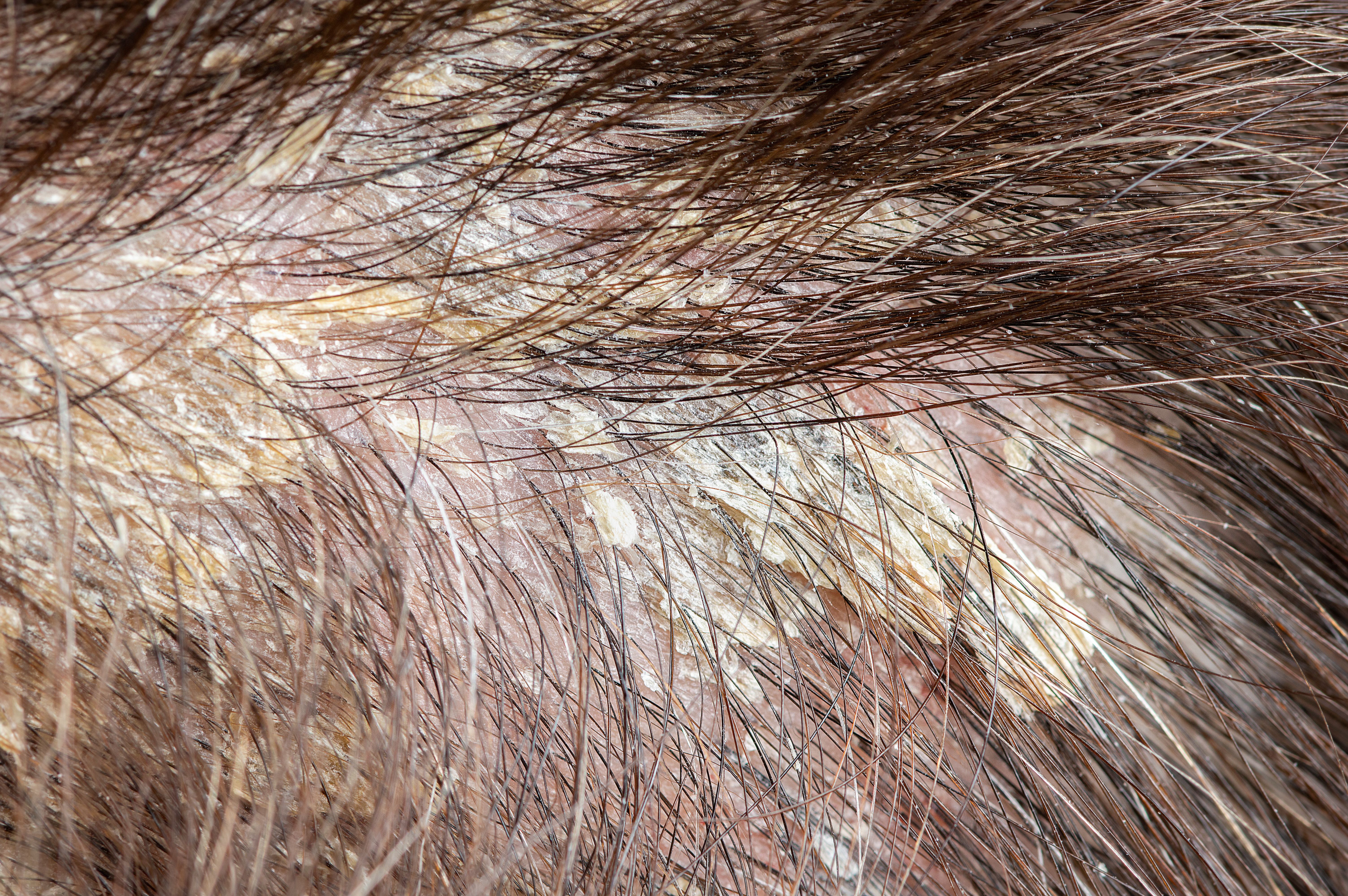
- Case-Based Roundtable
- General Dermatology
- Eczema
- Chronic Hand Eczema
- Alopecia
- Aesthetics
- Vitiligo
- COVID-19
- Actinic Keratosis
- Precision Medicine and Biologics
- Rare Disease
- Wound Care
- Rosacea
- Psoriasis
- Psoriatic Arthritis
- Atopic Dermatitis
- Melasma
- NP and PA
- Skin Cancer
- Hidradenitis Suppurativa
- Drug Watch
- Pigmentary Disorders
- Acne
- Pediatric Dermatology
- Practice Management
- Prurigo Nodularis
- Buy-and-Bill
News
Article
Arcutis Shares First Ever Research Revealing Gene Expression Profile of Seborrheic Dermatitis
Author(s):
The data was presented in a scientific session at the American Academy of Dermatology annual meeting.
Arcutis Biotherapeutics, Inc. recently shared that a study presented at the American Academy of Dermatology Annual Meeting represented the first research to reveal the gene expression of seborrheic dermatitis.
The study, conducted by The Kimberly and Eric J. Waldman Department of Dermatology at the Icahn School of Medicine at Mount Sinai, serves to answer key findings related to skin barrier disruption and immune response in this condition.
Patrick Burnett, MD, PhD, FAAD, chief medical officer at Arcutis, emphasized the importance of this research in providing insights into the underlying cause of the disease and its clinical expression.
“Despite the high prevalence of seborrheic dermatitis, there has been little dedicated clinical or basic research into the underlying cause of this chronic, inflammatory skin disease for decades. Through this collaborative research effort, we have begun to shed some light on the pathways involved in the immune response and demonstrate that seborrheic dermatitis is clearly distinct from psoriasis or atopic dermatitis, which may help explain the clinical expression of the disease, and ultimately provide important insights into its management,” Burnett said in a news release. “We are committed to advancing the scientific understanding of this disease through additional research and collaboration with the larger dermatology research and clinical community.”
Led by Emma Guttman-Yassky, MD, PhD, and Benjamin Ungar, MD, the research team employed noninvasive tape-stripping techniques to study seborrheic dermatitis and explore its molecular signature.
The study involved 27 untreated patients with seborrheic dermatitis and 18 healthy controls. Results from RNA sequencing (RNA-seq) analysis showed distinct gene expression patterns in seborrheic dermatitis compared to other immune-mediated skin conditions like atopic dermatitis and psoriasis.
Researchers were able to identify 1,374 differentially expressed genes between seborrheic dermatitis and healthy controls, with notable upregulation of Th17-related and Th22-related pathways. These pathways, including IL23A, PI3, LL37, IL22, S100A8, and S100A12, indicated a strong immune response in seborrheic dermatitis, distinct from other inflammatory skin diseases.
Additionally, the study observed downregulation of skin barrier markers in seborrheic dermatitis, suggesting unique molecular underpinnings of skin barrier disruption in this condition. Specific downregulated genes included CLDN1/8, FA2H, and ELOVL3, which are involved in tight junctions and lipid metabolism pathways.
Furthermore, the researchers found a significant correlation between the severity of seborrheic dermatitis, as assessed by the Investigator’s Global Assessment score, and immune markers. This correlation underscored the importance of the immune response in driving the clinical expression of seborrheic dermatitis, researchers noted.
“We are excited to have successfully employed noninvasive tape-stripping techniques developed from studying these diseases to study an understudied and undertreated inflammatory skin disease, seborrheic dermatitis. These findings will help establish the groundwork for greater understanding of this very common condition," said Guttman-Yassky, who is the Waldman professor of dermatology and immunology and health system chair of the Department of Dermatology, and director of the Laboratory for Inflammatory Skin Diseases at the Icahn School of Medicine at Mount Sinai.
Ungar echoed the significance of the findings, noting that seborrheic dermatitis and its pathophysiology have previously been poorly understood.
“Our data reveal that seborrheic dermatitis has a distinct immunological molecular profile. In addition, the skin barrier disruption observed in seborrheic dermatitis has unique molecular underpinnings, primarily in the tight junction of the epithelial skin cells and lipid metabolism pathways," said Ungar, an assistant professor of dermatology at the Icahn School of Medicine at Mount Sinai, said in a press release. "These findings are the first to characterize the molecular profile of seborrheic dermatitis, and they will play an important role in advancing our understanding of this common and under-treated condition.”
Reference
New research reveals genomic profile of seborrheic dermatitis and answers key questions on immune response and skin barrier dysfunction. News release. Arcutis Biotherapeutics. March 9, 2024. Accessed March 15, 2024. https://www.arcutis.com/new-research-reveals-genomic-profile-of-seborrheic-dermatitis-and-answers-key-questions-on-immune-response-and-skin-barrier-dysfunction/
2 Commerce Drive
Cranbury, NJ 08512
All rights reserved.






